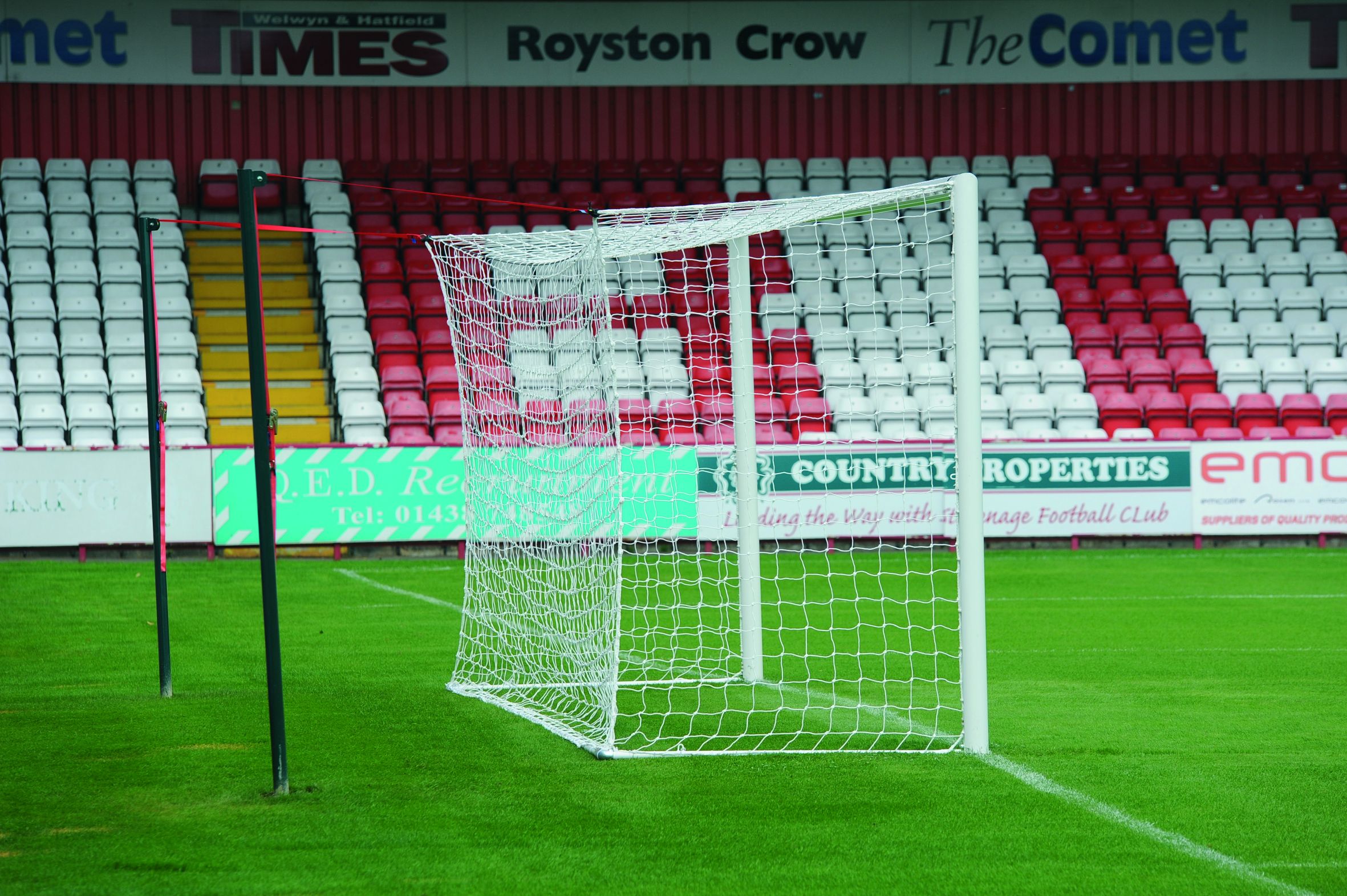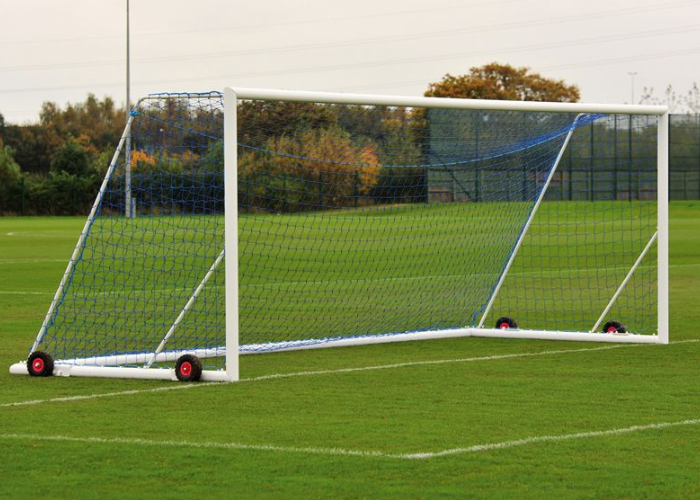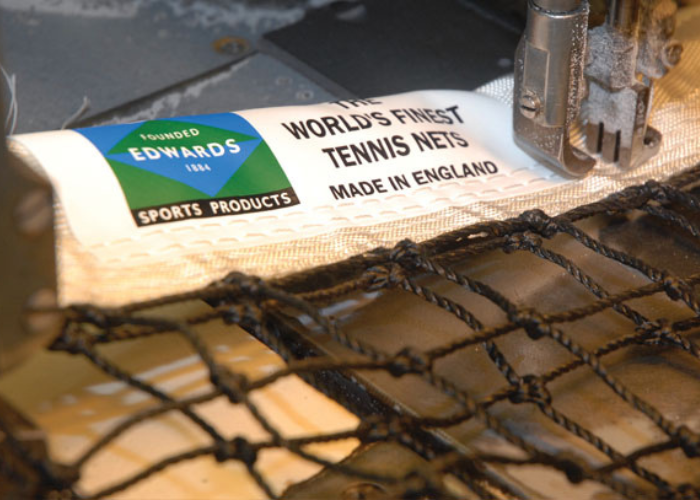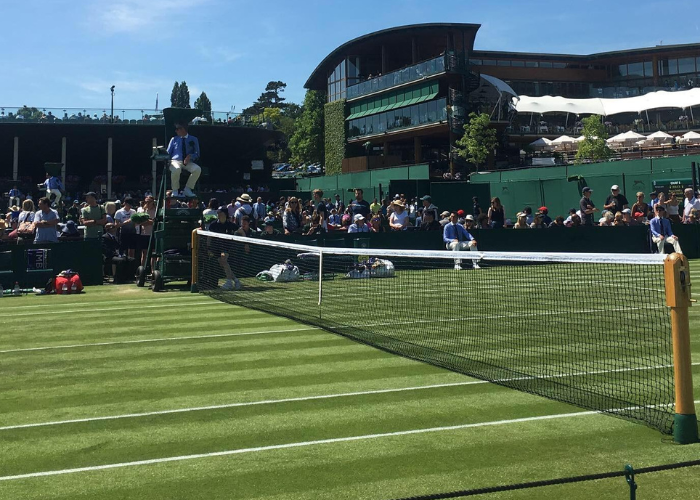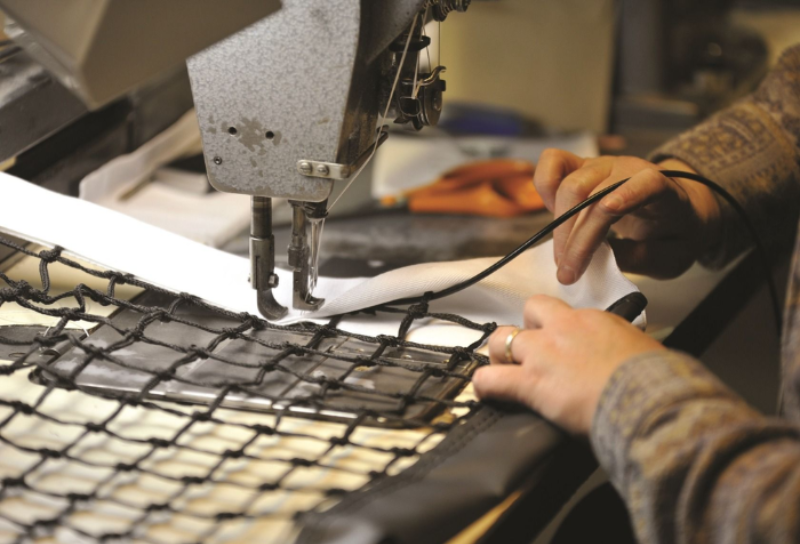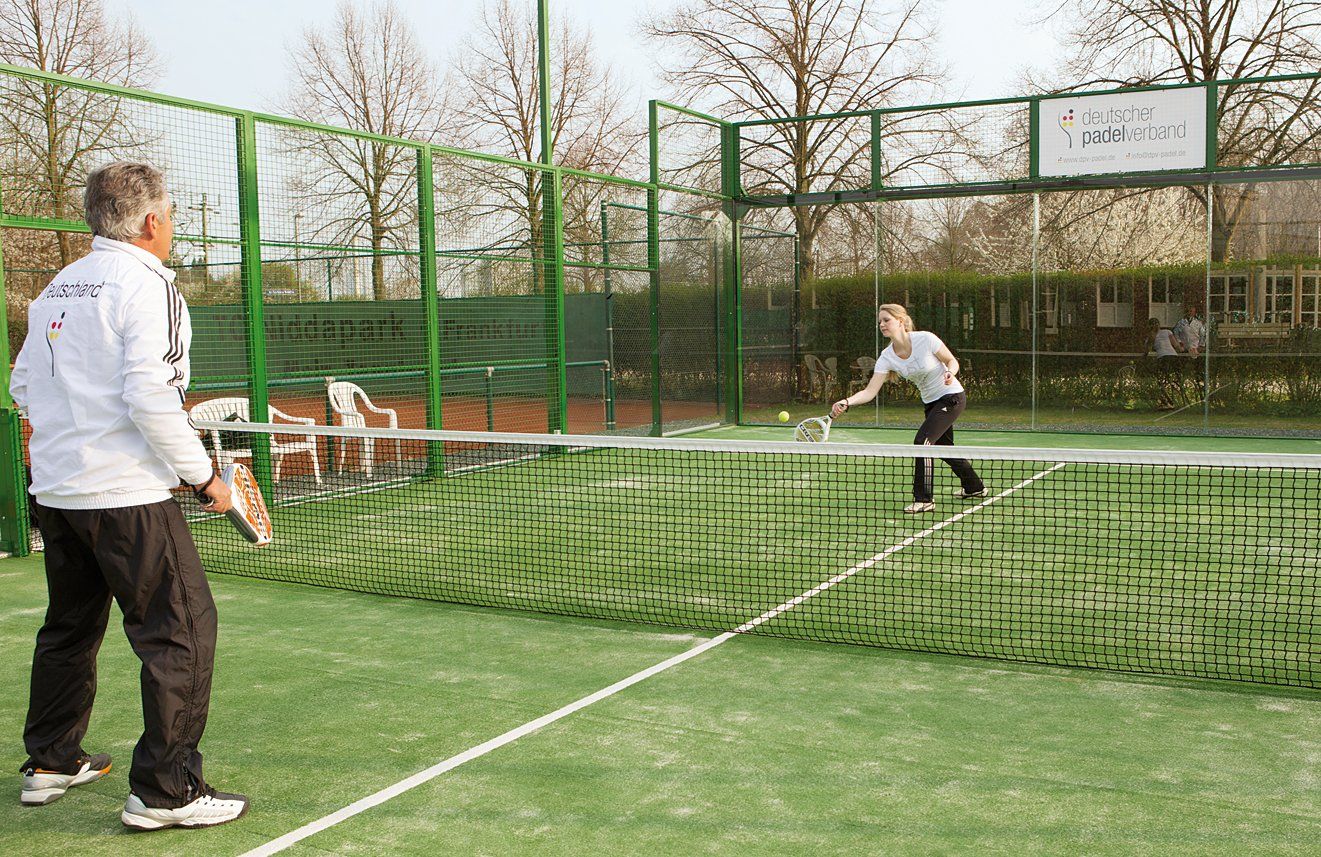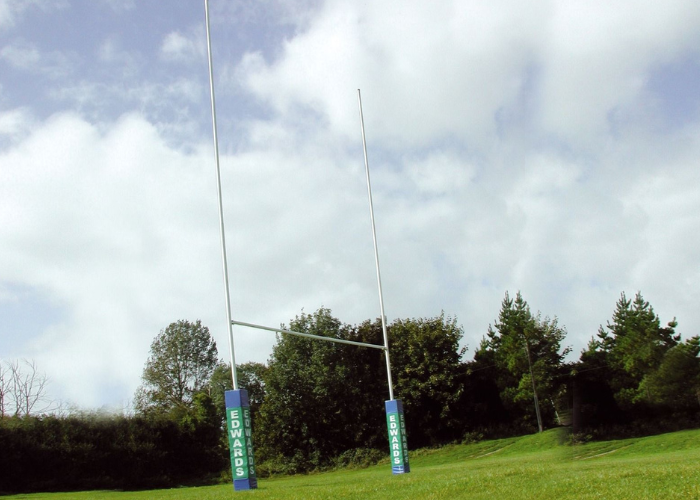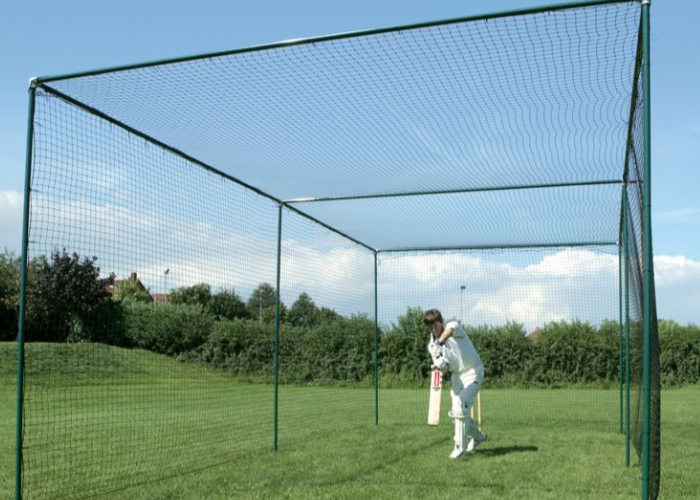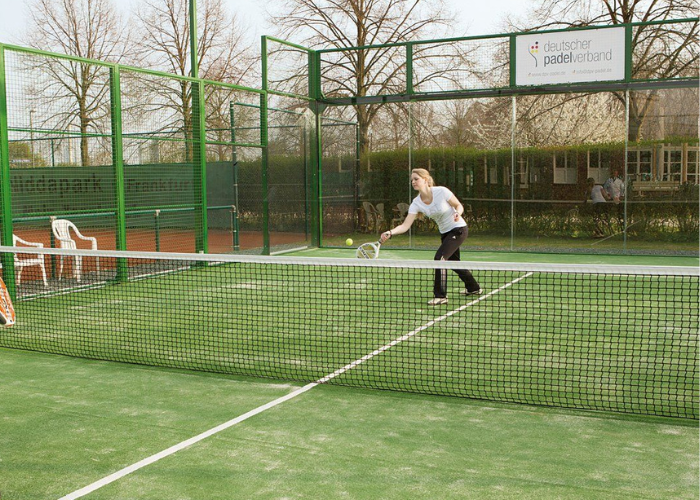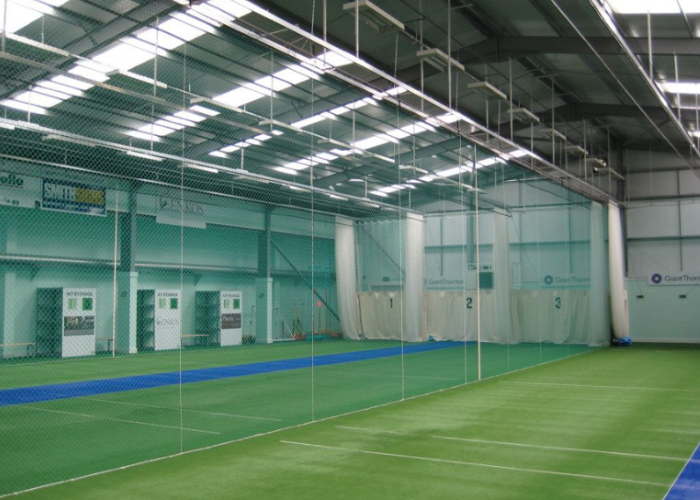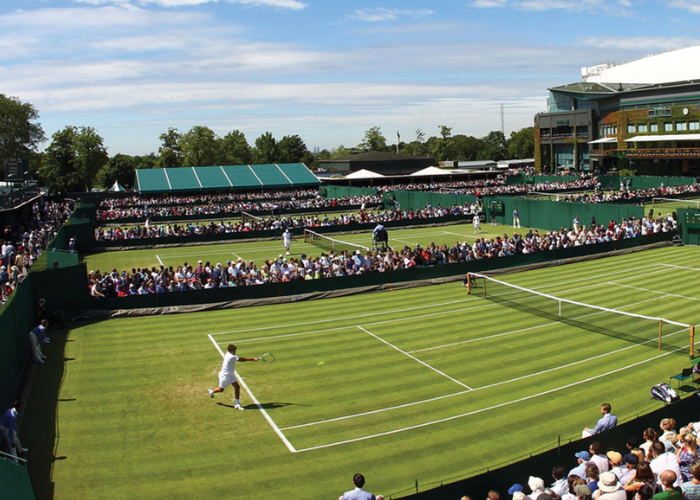We use cookies to make your experience better. To comply with the new e-Privacy directive, we need to ask for your consent to set the cookies. Learn more.
How Many Tennis Courts in Wimbledon & Other Tennis Trivia!
- Admin
- Blog Posts
- 9 Aug 2024
-
28views
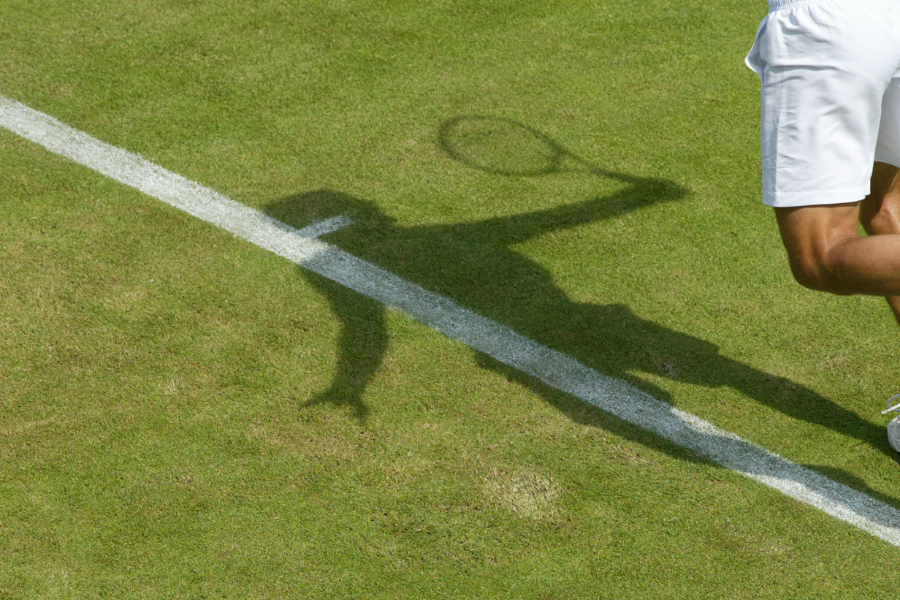
Discover how many tennis courts are in Wimbledon & explore the rich history of this iconic competition. Learn more about what makes Wimbledon special.
As the leading supplier of nets for the Wimbledon Championship, we know a thing or two about this world-renowned competition and the courts used for both practice and competitive play.
To help you get into the Wimbledon spirit or just widen your knowledge of this classic sporting event, let's delve into the number of tennis courts in Wimbledon and their significance to the tournament.
How Many Courts Are There At Wimbledon?
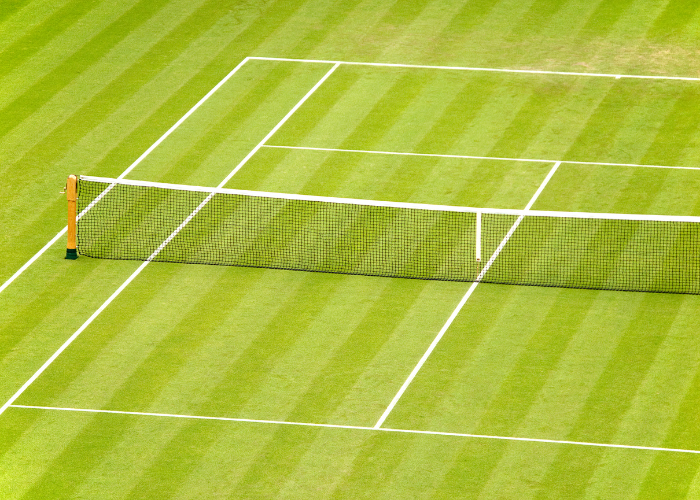
Wimbledon features 26 courts, which are used during the famous Wimbledon Championships each year. These courts are made up of grass and American clay surfaces and are used for a range of matches.
During the championship, practice courts surround the main courts, bringing the total number of Wimbledon courts to a staggering 46!
Grass CourtsThe grass courts at Wimbledon are iconic and known for their rich history and unique playing surface. These meticulously maintained grass surfaces comprise 18 of the total courts and provide a fast-paced game, favouring players with strong serve-and-volley skills. The lush greenery and traditional feel make them a central part of the Wimbledon experience. |
Clay CourtsWimbledon also features 8 American clay courts, which offer a distinctive playing experience compared to the grass surfaces. American clay provides a slower game with a higher bounce, allowing for longer rallies and strategic play. Playing on this type of surface helps players develop their baseline skills and adaptability, making it a valuable addition to Wimbledon's diverse court types. |
Practice CourtsWimbledon has 20 practice grass courts in addition to the main courts located around the main competition areas. These courts give players important space to train during the championships, helping them refine their skills and strategies on the same grass surface used in the tournament. This feature improves players' preparation and their comfort with Wimbledon's distinct playing conditions. |
Outdoor vs Indoor Tennis Courts: Does It Really Make a Difference? Find Out!
What Courts Are Used in the Wimbledon Championship?
During the Wimbledon Championship, you'll see several main courts, known as the show courts. Here's a bit more information about each court and their significance to the championship.
Centre Court
Centre Court is the central hub of the Wimbledon Championships. It is the largest court at the venue, with a seating capacity of about 14,979.
It's well-known for its iconic retractable roof, added in 2009, which allows play to continue even in bad weather.
The court has a rich history, hosting unforgettable matches featuring tennis legends like Serena Williams and Roger Federer.
Its famous green and purple colour scheme represents Wimbledon's commitment to tradition. The first match on this court was held in 1877, highlighting its importance in the development of tennis.
It’s also the venue for the climax of the championships, the famed Wimbledon final.
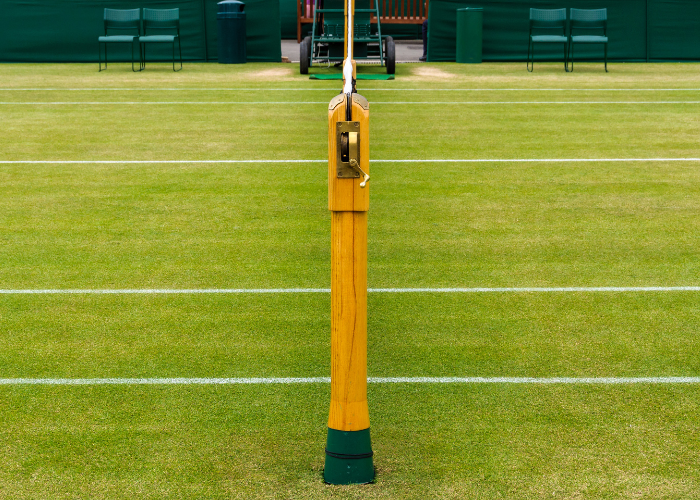
No.1 Court
No.1 Court at Wimbledon opened in 1997, making it the newest court at Wimbledon. As the second largest venue, it can seat around 12,345 spectators.
It's known for its unique design, which also features a retractable roof, installed in 2019, to minimise disruptions from rain.
The court has hosted many exciting matches, including memorable moments during the Championships. Its close location to Centre Court enhances the lively atmosphere of the venue.
No.2 Court
The third largest court at Wimbledon, No. 2 Court, was renovated in 2009 and built on the former site of Court 13, which was once called ‘The Graveyard’.
Now, the No. 2 Court can hold 4,000 spectators and has earned the nickname ‘The Graveyard of Champions’ because many top players, including Virginia Wade and Serena Williams, have been defeated here.
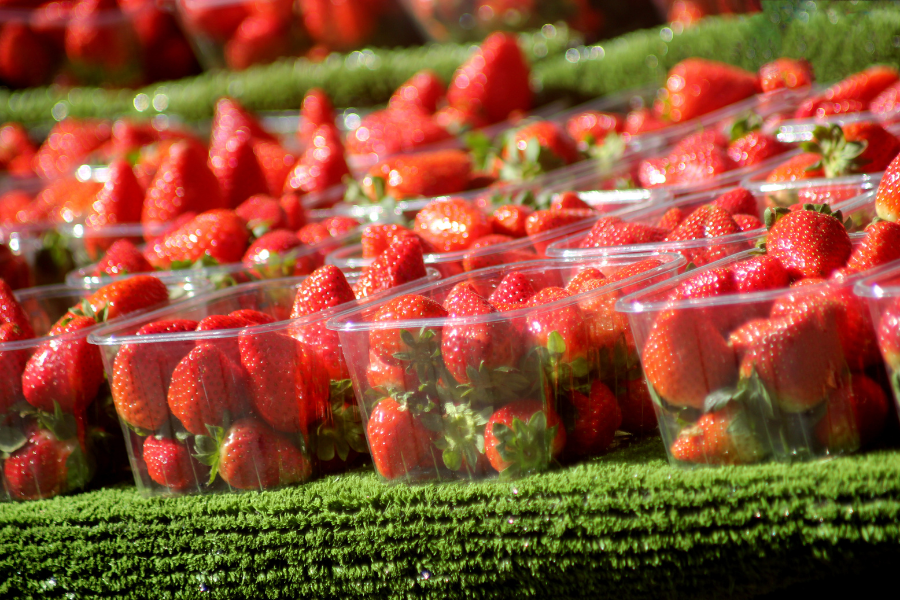
No.3 Court
Opened in 2009 on the historic site of the old No. 2 Court, No. 3 Court has become one of the most exciting venues in the sport, where unexpected moments often happen.
One of the most memorable Wimbledon events on this court took place in 2017, when tennis champion Kim Clijsters invited a spectator to join her on the court, dressing him in one of her spare skirts to play a point against her.
Courts 12 & 18
The two final show courts at Wimbledon, Courts 12 and 18, offer some of the most stunning views during the Championships.
| Court 12 | The venue features a mini-stadium that seats 1,736 spectators. It offers excellent views of the outside courts and stunning vistas of the City of London. |
|---|---|
| Court 18 | Located at the foot of Henman Hill, it features a plaque honouring the longest tennis match ever played on Court 11 between John Isner and Nicolas Mahut in 2011, lasting 11 hours and 5 minutes. |
Outside Courts
Wimbledon features outdoor courts, including Courts 4-17 and Court 19, located near Centre Court. Fans can enjoy a great view from the terraced bars and watch matches on the outdoor courts without needing a seat reservation.
How Does the Wimbledon Court System Work?
The Wimbledon court system operates on a tiered basis, with designated courts for various rounds of the tournament.
Centre Court, as the main venue, hosts the championship finals and key matches, ensuring maximum visibility.
No.1 Court acts as the second showcase, while No.2 and No.3 Courts accommodate additional matches.
Outside courts, including Courts 12 and 18, are used for earlier rounds, creating a dynamic schedule that allows for flexibility and high-quality play throughout the tournament.
This structured approach ensures that all players, regardless of their ranking, have the opportunity to compete on iconic surfaces.
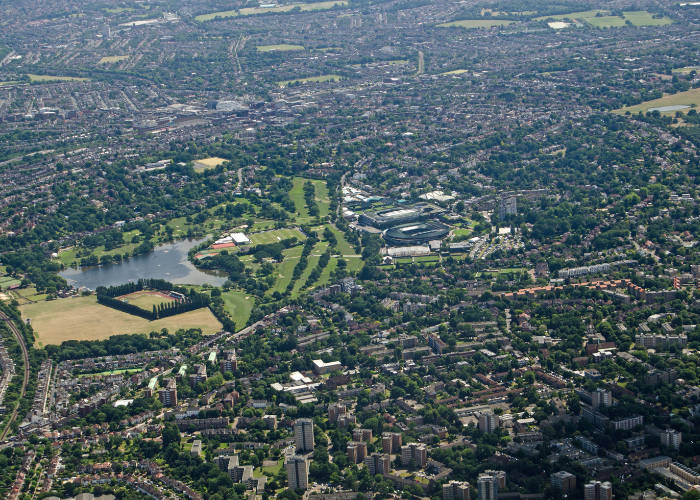
How Are the Grass Courts Maintained?
The maintenance of the grass courts at Wimbledon is overseen by the head of courts and horticulture, Neil Stubley.
Since 2001, all courts have been sown with 100% Perennial Ryegrass to enhance durability and strengthen the surface, enabling it to better withstand the increasing wear from modern gameplay.
Nine tonnes of grass seed are utilised each year, and a cut height of 8mm, established in 1995, is optimal for today’s play and sustainability.
|
During the Championships, daily maintenance of all the show courts includes:
|
Various aspects of the court are also measured daily to ensure consistency in the quality of play. Some of these aspects include court wear, surface hardness, and ball rebound.
Who Owns the Wimbledon Courts?
The Grounds are owned by the All England Lawn Tennis Ground plc, which also owns the Centre Court and the No.1 and No.2 Courts.
The rest of the courts are owned by The All England Lawn Tennis and Croquet Club (AELTC).
The AELTC is responsible for maintaining and preparing all 18 grass courts, with help from the head groundsman, Neil Stubley and his team.
Key Takeaways: The Integral Role of the Tennis Courts in Wimbledon
Wimbledon’s court system plays a crucial role in the tournament’s success, providing unique playing experiences on different surfaces. With a rich history and careful maintenance, these courts are central to the Wimbledon experience and continue to attract tennis fans worldwide.
So, the next time you watch a match at Wimbledon, remember the variety of courts and their importance in creating unforgettable moments in tennis history!
Find out more about Wimbledon, The French Open, and other famous tennis championships on the Edwards Sports blog.
Find all things Tennis on our blog
FAQs
How to Store Tennis Nets Between Seasons?
No, Centre Court is not exclusively used for Wimbledon. While it serves as the main venue during the Championships, it also hosts various other events and matches throughout the year, showcasing diverse tennis competitions.
How Many Courts At Wimbledon Have Covers?
Six courts, including Centre Court and No.1 Court, have covers, allowing play to continue even in inclement weather. This feature helps maintain the tournament’s schedule and ensures minimal disruptions to the matches.
Why is American Clay Used For Tennis Courts?
American clay is used for tennis courts because it provides a unique playing surface that allows for slower gameplay and higher bounce. This encourages longer rallies and requires players to develop strategic skills, enhancing the overall competitive experience.
Which Wimbledon Court is the Biggest?
The largest Wimbledon court is Centre Court, with a seating capacity of approximately 14,979 spectators. It is renowned for its iconic retractable roof, allowing matches to continue during inclement weather, and has a rich history dating back to 1877.





